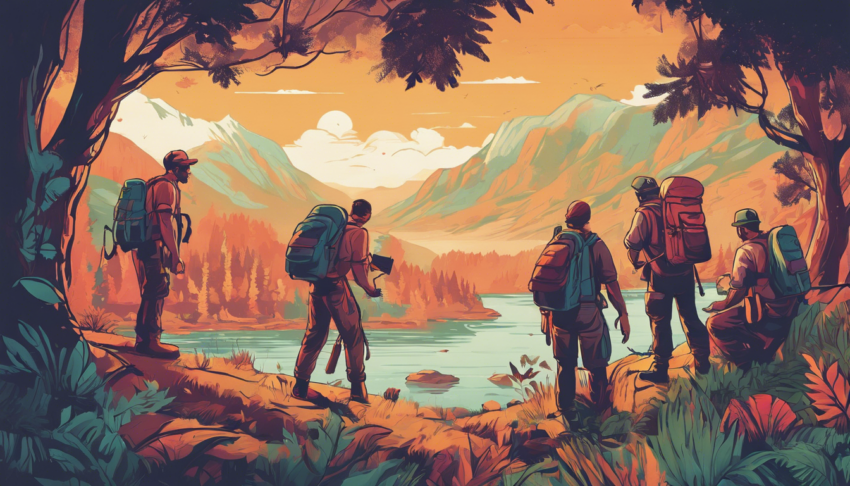In today’s world, the conversation surrounding survival often drifts towards an obsession with the latest tactical gear, showcasing a fixation on all things rugged and self-sufficient.
This article delves into the nuances of survival culture, illuminating the detrimental impacts of toxic masculinity pervasive in outdoor communities and industries.
While advertisements mold an image of the archetypal man as a solitary hero equipped with flashy equipment, we must ask ourselves: Is survival really about mastering high-tech gear, or is it more about the power of community and cooperation?
By examining the underlying messages in survival culture, we can identify how they encourage a hyper-masculine identity that many men feel pressured to embody.
Instead of succumbing to the narrative that equates worth with ruggedness, this piece advocates for practical survival skills and promotes the idea that true resilience lies within human connections.
Join us as we explore why community is the cornerstone of survival, dismantling the myths of gear-based masculinity, and reimagining what it means to thrive in challenging circumstances.
Key Takeaways
- Survival is more about community and cooperation than accumulating tactical gear.
- The pressure of toxic masculinity pushes men to equate their self-worth with rugged individualism.
- Practical survival skills and environmental responsibility are more vital than flashy equipment.
The Impact of Toxic Masculinity on Survival Culture
In recent years, the outdoor industry has witnessed a surge in advertisements pushing tactical survival gear, presenting an image that aligns with what is often termed ‘toxic masculinity.’ This brand of masculinity equates ruggedness and self-sufficiency with a man’s worth, suggesting that the ultimate embodiment of survival is to be outfitted with the latest, high-tech gear.
However, this perspective overlooks a fundamental truth about survival: it is not solely about having the flashiest equipment or the most advanced tools.
Instead, the essence of survival—whether in the wilderness or everyday life—lies in community and cooperation.
Skills like teamwork, communication, and resourcefulness are crucial, while flashy survival gadgets often sit unused in a kit.
Moreover, the environmental impact of rampant consumerism cannot be ignored; the outdoor community bears the responsibility of preserving public lands, which can be threatened by overconsumption.
By shifting focus from gear to genuine skills and community building, we can redefine survival culture to be inclusive and sustainable, truly enhancing our chances in the face of adversity.
Building Community for Effective Survival Strategies
To effectively navigate survival scenarios, it is essential to prioritize collaborative strategies over an individualistic mentality.
While advertisements tout the latest survival gear designed to project strength and independence, they often neglect the necessity of forming supportive networks that foster resilience.
For instance, in communities that regularly engage in outdoor activities, shared experiences can lead to a wealth of practical knowledge—skills such as fire-making, shelter construction, and foraging are typically learned through communal practice rather than solo efforts.
When individuals come together, they not only pool resources but also create an environment that encourages shared learning, resulting in a richer skill set for everyone involved.
By promoting the value of relationships and mutual aid, we can cultivate a more holistic understanding of survival that emphasizes thriving together in challenging situations, rather than relying on isolated tactics fueled by materialism.
Support Us: Check out our recommended products on Amazon.


